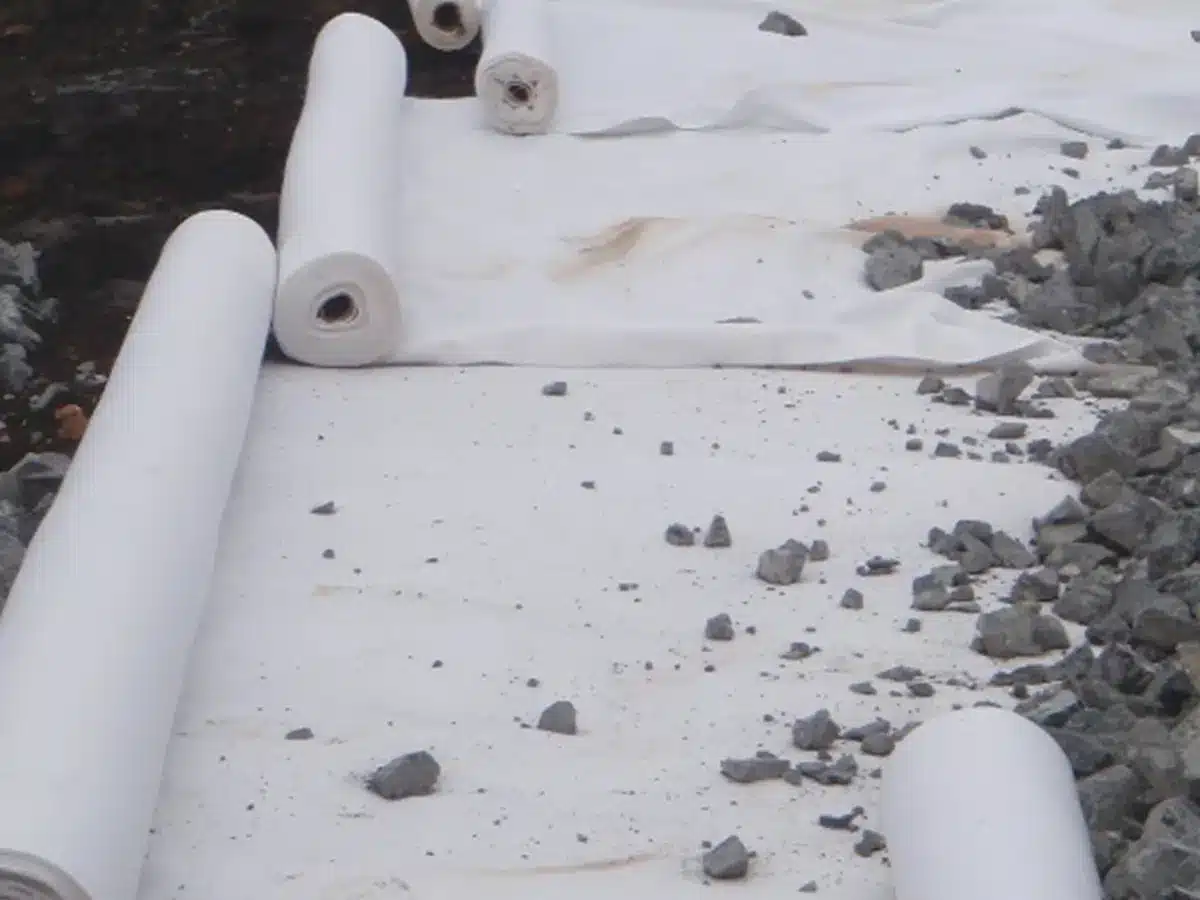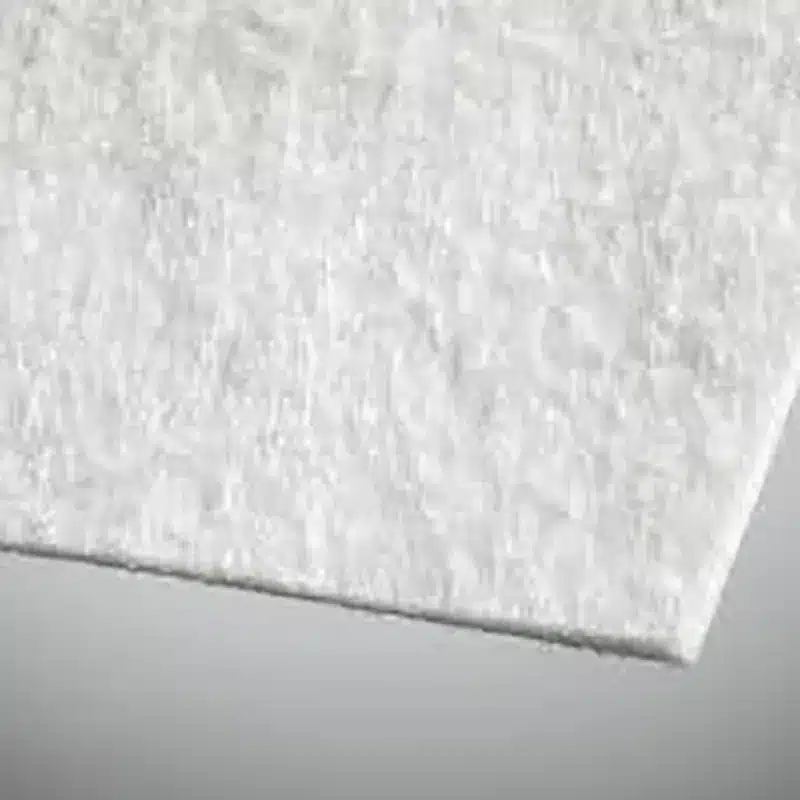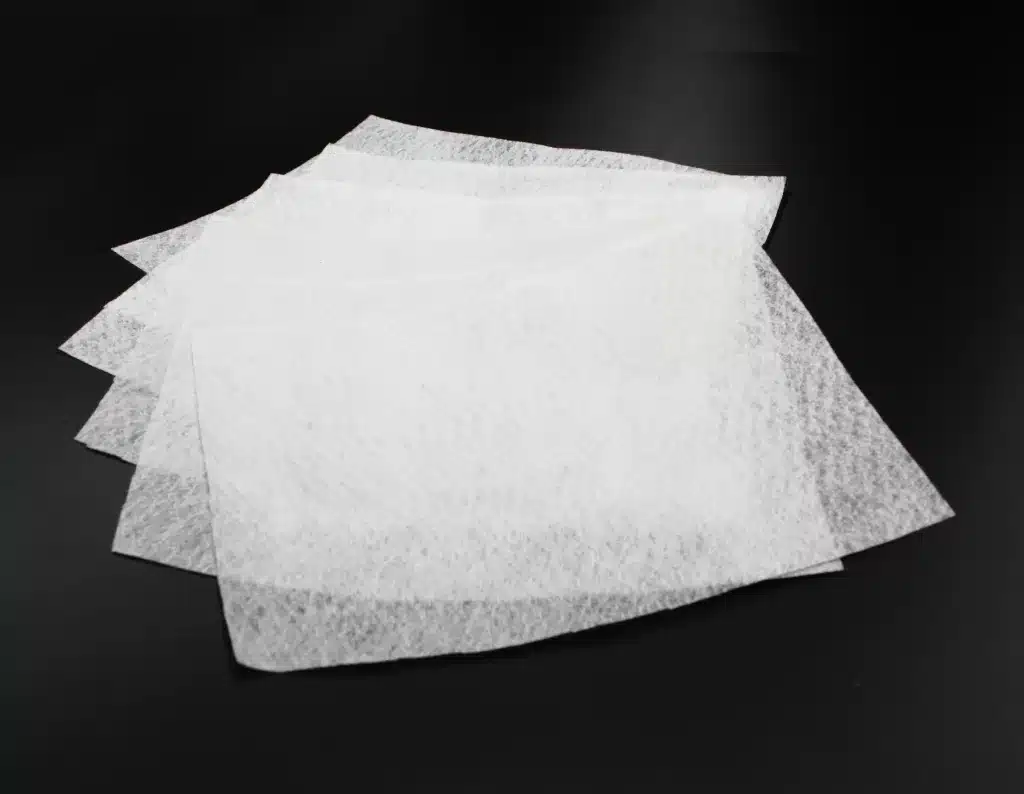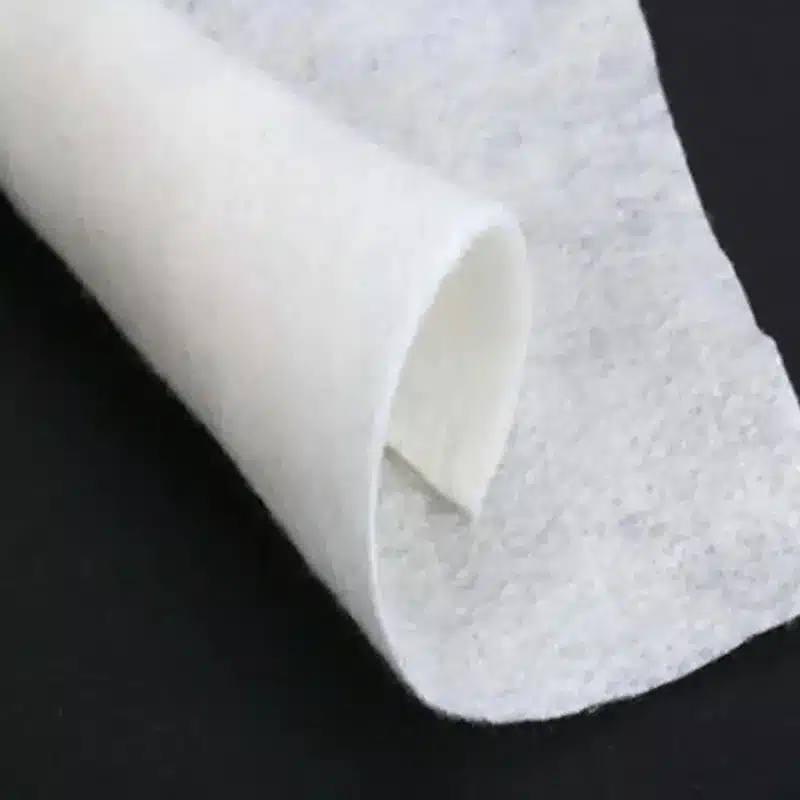Woven vs. Non-Woven Geotextiles: Choosing the Right Type for Your Project
Soil stabilization is a critical process in civil engineering, aimed at enhancing soil strength and durability for construction projects and environmental conservation. Among the myriad of methods and materials used for soil stabilization, geotextiles, particularly woven geotextiles, stand out as a versatile and environmentally friendly option. Woven geotextiles, known for their robustness and structural integrity, play a significant role in reinforcing unstable soils. This article delves into the world of geotextiles, exploring their types, uses, and how they contribute to soil stabilization and erosion control.
What are geotextiles in soil stabilization?
Geotextiles are permeable fabrics that, when used in association with soil, have the ability to separate, filter, reinforce, protect, or drain. Serving as one of the methods to stabilize the soil in order to improve the service life of the structures, geotextiles function mainly as reinforcement and separation agents in soil stabilization. By distributing loads over a wider area, they enhance soil strength and prevent the mixing of different soil layers. This is especially crucial in areas with soft, unstable ground where construction would otherwise be problematic.

What are geotextile products?
Geotextile products come in several forms, primarily categorized into woven, non-woven, and knitted types. Defined as any permeable textile material used to increase soil stability, provide erosion control, or aid in drainage, these products offer varied solutions based on their construction. Woven geotextiles are similar to regular textiles used in clothing and are typically made from synthetic materials like polypropylene or polyester. They are structured, robust, and suitable for applications requiring high strength. Non-woven geotextiles, on the other hand, resemble felt and are generally used for drainage and filtration purposes due to their excellent permeability. Knitted geotextiles are less common but are used in specialized applications where both flexibility and strength are needed.
What are geotextiles used for soil erosion control?
Geotextiles are extensively used for soil erosion control by providing a protective layer that prevents soil displacement by water or wind. These permeable blankets are used to cover the soil surface and reduce erosion from rainfall impact, which is particularly important in landscaping, agricultural settings, and construction sites. They are deployed to stabilize slopes, create barriers on riverbanks, and line channels to ensure that the soil stays in place. Their permeability also allows for appropriate water drainage, which is essential to maintain soil structure and avoid waterlogging, further preventing soil erosion.
What are the ingredients in geotextile fabric?
Geotextile fabrics are primarily made from synthetic materials like polyester or polypropylene, which are polymers from the polyolefin, polyester, or polyamide family. These materials are chosen for their durability, resistance to biodegradation, and ability to withstand environmental elements such as UV exposure and microbial degradation. Additionally, additives are often included to improve their stability and performance. Some geotextiles may also incorporate natural fibers or recycled materials to enhance environmental sustainability. The specific composition of a geotextile fabric typically depends on its intended use—whether for strength, filtration, or drainage.
Geotextiles are a cornerstone in the field of soil stabilization, offering a multifunctional solution to enhance soil performance and protect against erosion. Their variety, from woven to non-woven types, along with their durable synthetic ingredients, make them ideal for a wide range of applications across civil engineering and environmental management. Understanding these products can help professionals and stakeholders make informed decisions on the best practices for soil stabilization and sustainability in their projects.



Comments
Post a Comment